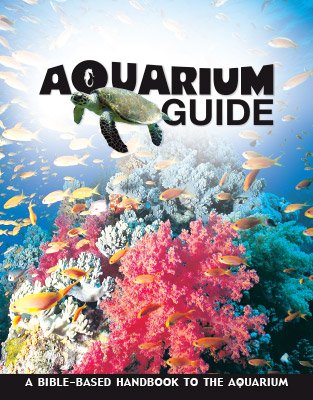Bottlenose Dolphin
The name “bottlenose” comes from this dolphin’s elongated upper and lower jaws that form what is called the “rostrum.”

Design
A dolphin’s skin is actually composed of three layers: the epidermis, dermis, and hypodermis (blubber layer). Its core temperature is kept warm by this layer of blubber. The skin contains microdermal ridges, which trap water molecules at the surface of the skin, allowing the dolphin to swim with less resistance, since a liquid moves more easily past another liquid than past a solid. What a wonderful provision by the dolphin’s Creator.
Features
- A bottlenose dolphin’s color varies from a dark gray near its dorsal fin to a light gray on its sides to an almost white on its belly.
- The name “bottlenose” comes from this dolphin’s elongated upper and lower jaws that form what is called the “rostrum.”
Fun Facts
- To establish dominance over one another, male dolphins will butt heads.
- The dolphin locates its food by using a form of echolocation.
- It communicates through squeaks, whistles, and body movement.
- The up and down motion of the dolphin’s tail fluke helps bring its head up to the surface so it can breathe through the blowhole on top of its head.
- The outer surface of the dolphin’s skin is replaced about every two to four hours.
- A dolphin can hold its breath up to 20 minutes.
- Bottlenose dolphins are the most common cetacean in captivity. They were first successfully held captive in 1914.
CLASS: Mammalia (mammals)
ORDER: Cetacea (dolphins, porpoises, and whales)
FAMILY: Delphinidae (dolphins, killer whales, pilot whales, and relatives)
GENUS/SPECIES: Tursiops truncates (common bottlenose dolphin);
T. aduncus (Indo-Pacific bottlenose dolphin); other subspecies
Size: 6–13 ft (1.8–4 m)
Weight: 330–650 lbs (150–295 kg)
Diet: Fish, squid, and crustaceans
Aquarium Guide
With fun facts about more than 100 animals, this long-awaited Aquarium Guide includes beautiful pictures and reveals the incredible facts and design features that point to our amazing Creator. This handy size guide is excellent for school field trips and family trips to your favorite aquarium!
Browse Kids Book- © 2024 Answers in Genesis
- Privacy Policy
- Contact
- About

